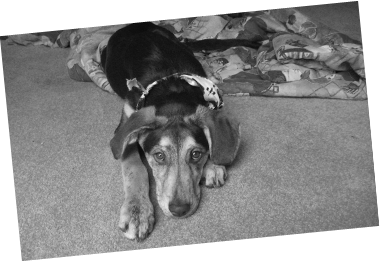A purr-fect partnership

A purr-fect partnershipPetsecure teams up with CCA to provide trial cat insurance
Petsecure, Canada’s largest pet health insurance provider, is proud to announce a new partnership with the Canadian Cat Association (CCA). As part of Petsecure’s Breedsecure program, new cat owners will be able to protect their kittens from nose to tail with a six-week trial of accident and illness protection.
“Petsecure is a great partner for the CCA because both organizations care about animals and their welfare,” said CCA President Carolynn Campbell. “The trial coverage benefits our members, because it gives them an introductory look at the plans to help them choose one that will fit their budget and needs.”
Through the Breedsecure trial, cat owners can be reimbursed for 80% of eligible veterinary bills (up to $500, less a $100 deductible per incident), including diagnostics, x-rays, hospitalization, exam feeds, taxes and more. When the trial concludes, they’ll be given a personalized quote for a full Petsecure policy on one of four comprehensive insurance plans, from a licensed insurance advisor.
The stress relief provided by a pet health insurance policy, said Campbell, is one of the greatest benefits CCA members will see from the partnership – and it’s something she’s experienced first-hand.
“I had a kitten go home and suffer an injury to its tongue from a fishing hook. The kitten required a lot of care, and the trial pet insurance coverage certainly helped with the cost. Petsecure’s insurance offers breeders and pet parents peace of mind that their animal would be covered if there was a serious illness of injury.”
The CCA is Canada’s registry of pedigreed cats since 1960. To date, the CCA has registered over 190,000 individual cats, and has grown and evolved into a registry with affiliated clubs across Canada. The CCA’s goal is to provide feline-related services to its membership and the general public, including breed information, public education, pedigree registry, and much more.
Petsecure is the core brand of Petline Insurance Company. As the first and only licensed insurance company in Canada to focus solely on pet insurance, Petline is dedicated to responsible pet ownership.
For more information or a free, no-obligation quote, visit Breedsecure.ca or call 1-800-268-1169.





























